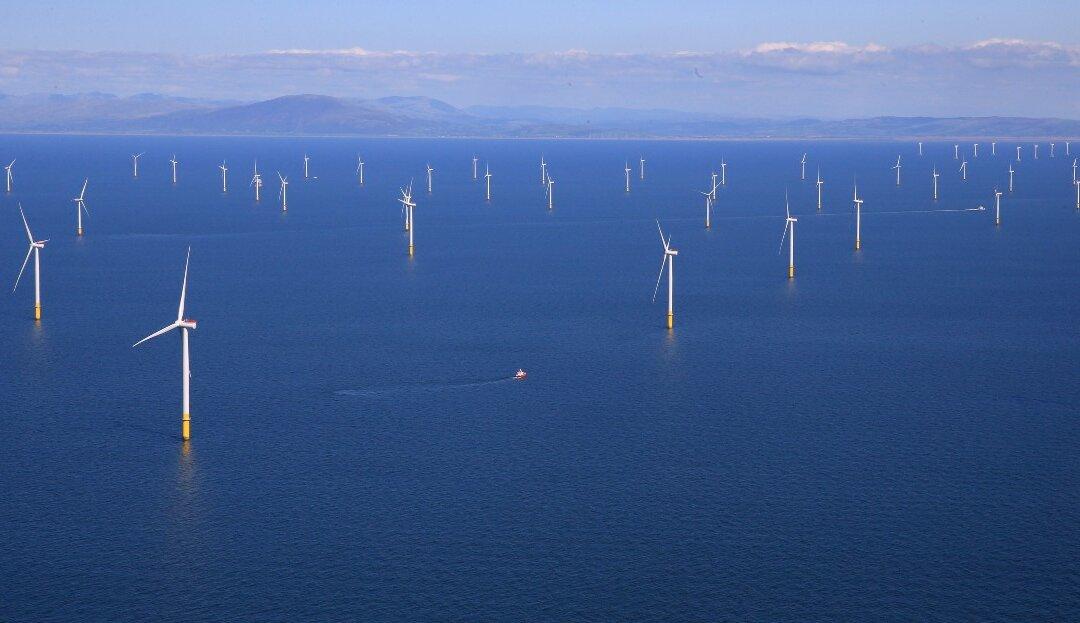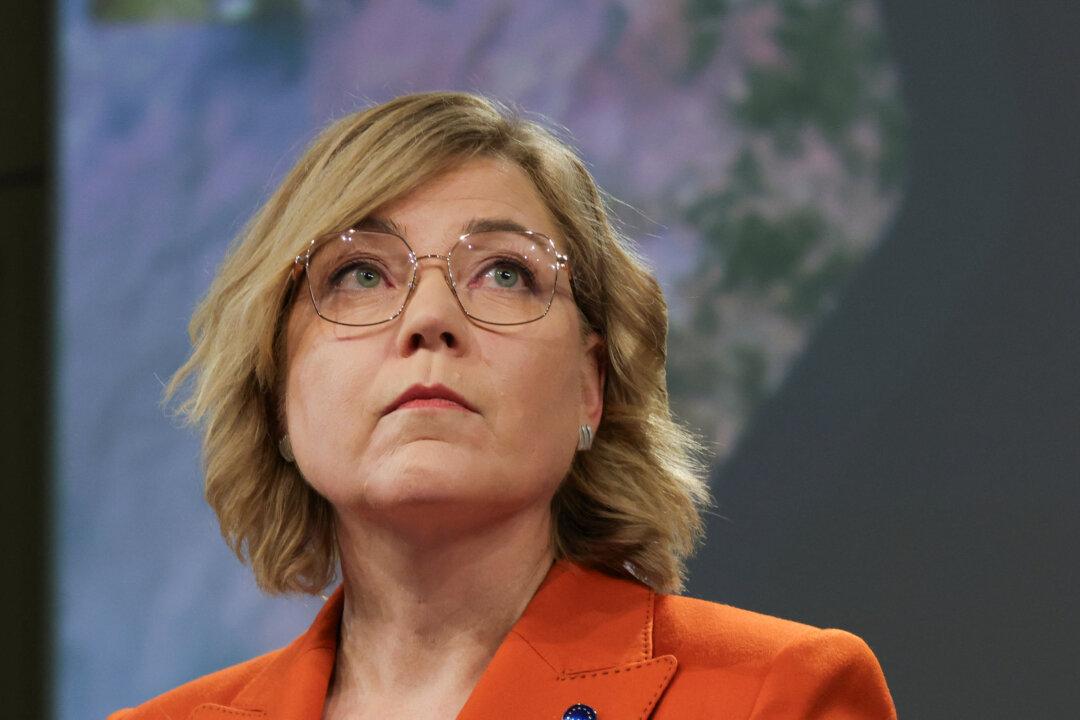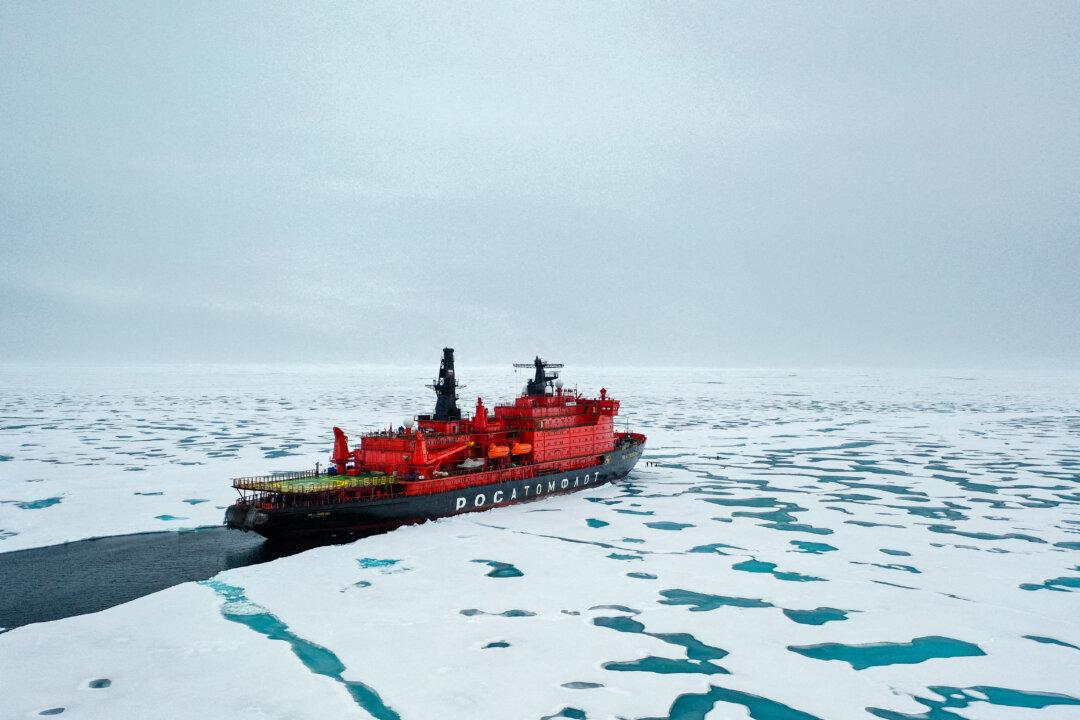According to a report, the UK needs to triple its rate of offshore wind farm installations, despite currently being the world’s largest importer of wind turbines.
A report by the think tank IPPR claims that with its current rates of installation, the UK will miss its 2030 targets for offshore wind capacity by 18 years.





